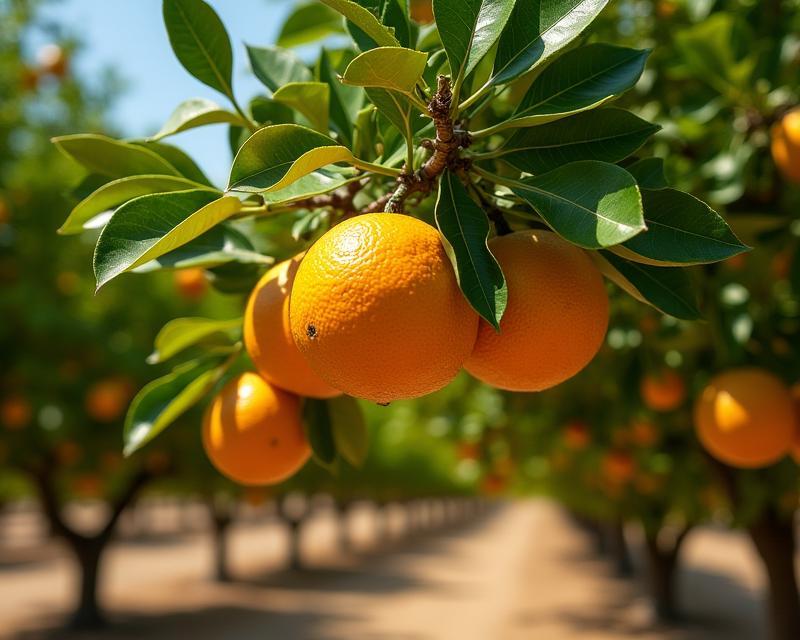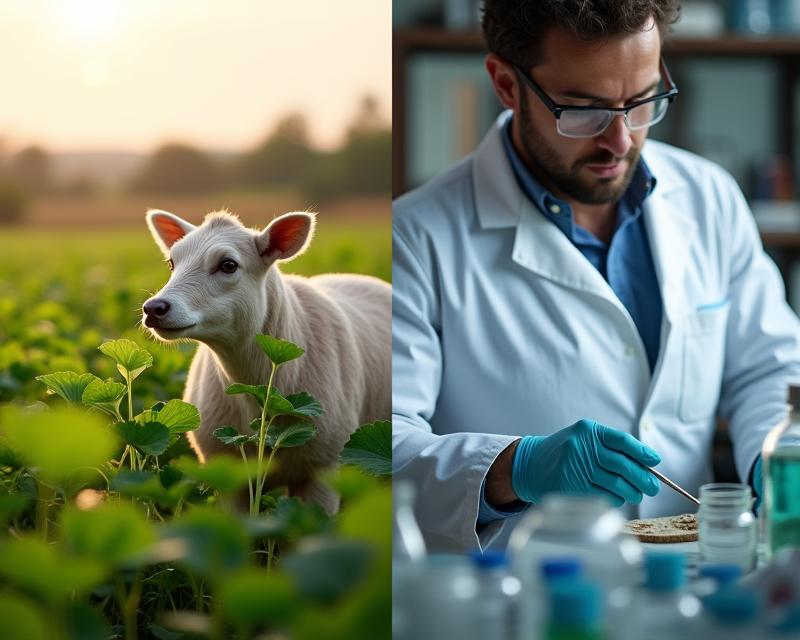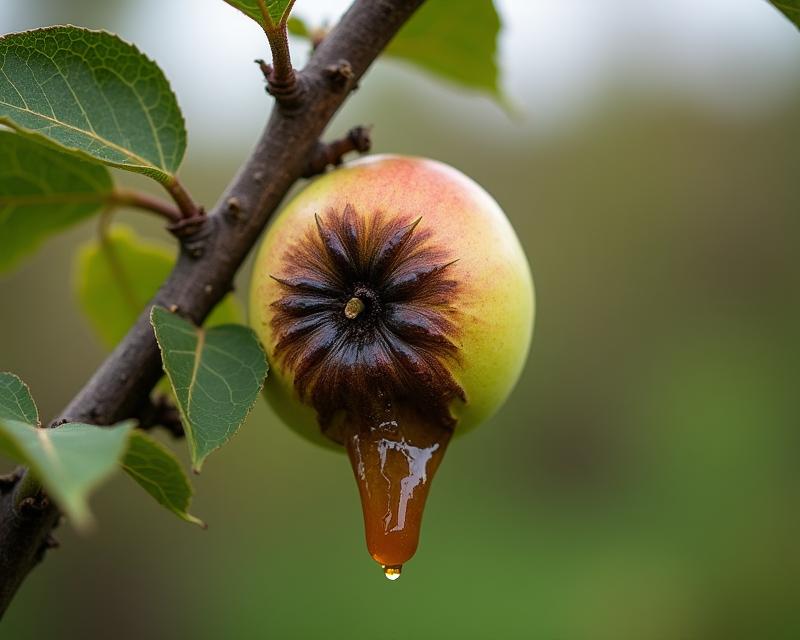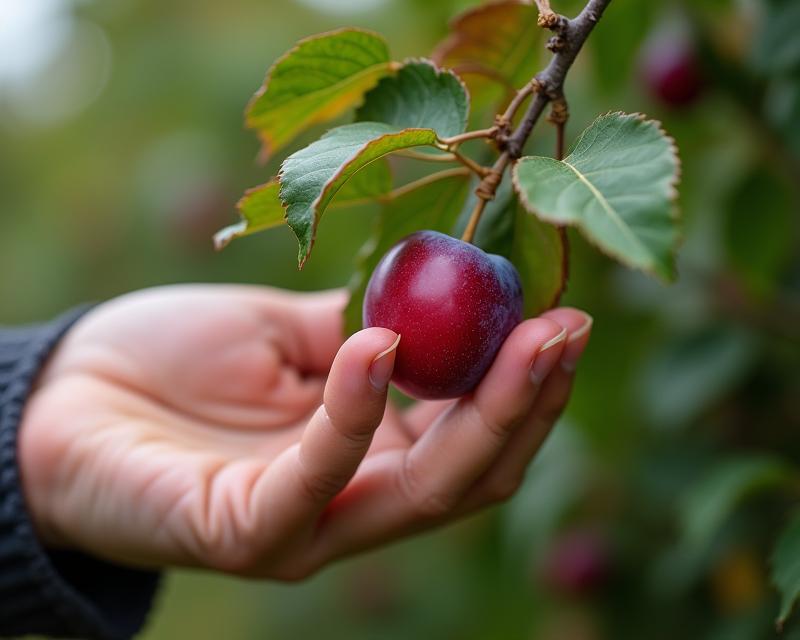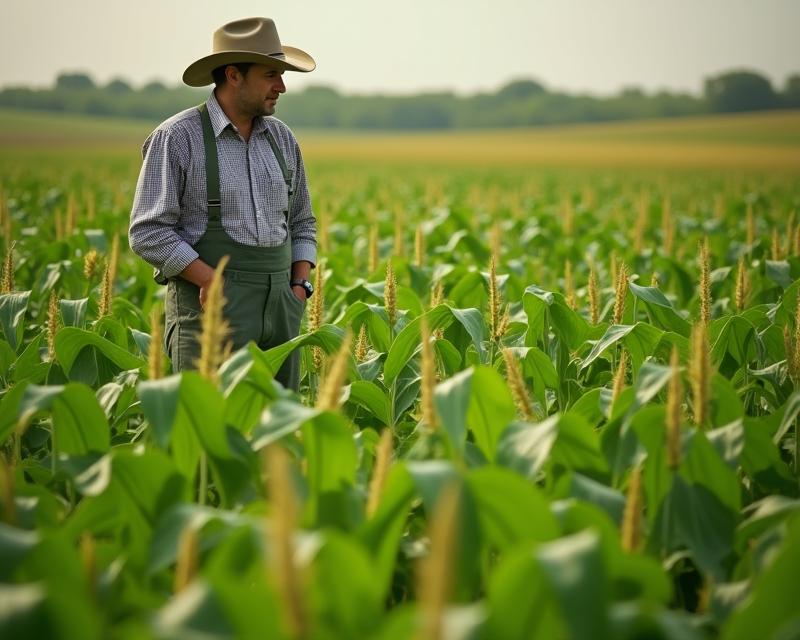Crop Disease SOS: Identification & Treatment
Publish in Crops el 28/06/2025 22:21
Crop Disease SOS: Identification & Treatment
Protecting your crops from disease is crucial for a successful harvest. A healthy crop yields better results, leading to increased profitability and a more sustainable farm. Unfortunately, diseases can quickly devastate fields, so early identification and swift action are key. This article will cover some common crop diseases, how to recognize them, and effective treatment options.

Common Crop Diseases & Their Symptoms
Many diseases can affect crops, but some are more prevalent than others. Fungal diseases like blight and rust are common culprits, often appearing as discolored spots on leaves, stems, and fruits. Bacterial diseases can cause wilting, yellowing, and stunted growth. Viral diseases often manifest as mosaic patterns on leaves or distorted plant shapes. Understanding the specific symptoms is the first step in accurate diagnosis. For example, early blight in tomatoes often starts as brown spots on lower leaves, spreading upwards. Rust diseases create orange or brown pustules on leaves, while bacterial wilt can cause rapid wilting, even with adequate watering.
Identifying the Culprit
Accurate identification is vital for choosing the right treatment. Consider the crop, the symptoms, and the environmental conditions. Look closely at the affected areas – are there fungal spores, bacterial ooze, or viral mosaic patterns? Consulting with your local agricultural extension office or a plant pathologist can be invaluable. They can often provide a definitive diagnosis based on samples and observations. Proper identification helps prevent the spread of the disease to other parts of your farm and to neighboring fields.
Treatment & Prevention Strategies
Treatment options vary depending on the disease. Fungicides are commonly used for fungal diseases, while bactericides target bacterial infections. Systemic treatments are absorbed by the plant and provide protection from within. However, prevention is always the best approach. Practice crop rotation to break disease cycles. Ensure proper spacing to improve air circulation. Use disease-resistant varieties whenever possible. Maintain good sanitation by removing infected plant debris. And finally, monitor your crops regularly for early signs of trouble. A proactive approach to crop disease management will safeguard your harvest and ensure a thriving farm.
